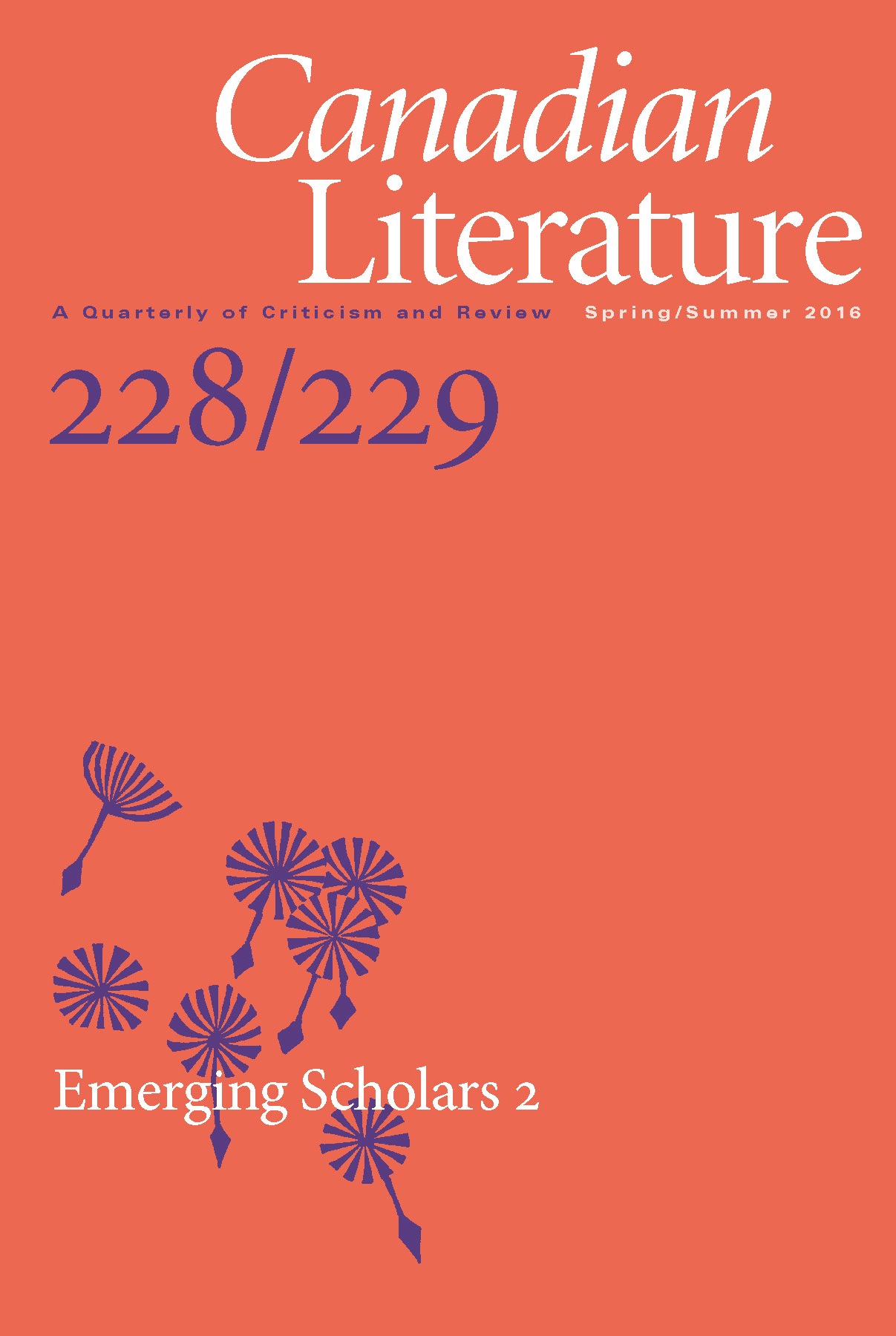The Sublime and the Picturesque in John Richardson's Wacousta
DOI:
https://doi.org/10.14288/cl.v0i228-9.187368Abstract
This paper sets out to demonstrate that John Richardson's Wacousta oscillates between two aesthetic practices: the picturesque and the sublime. The picturesque, as a mode of vision, responds to the sublime landscape by attempting to frame and contain the New World in measurable terms, rendering the passionate and obscure, stable and comprehensible through aesthetic control. Richardson thus employs the picturesque mode to restructure the New World so that it affirms the ascendency of the rational over the passionate. Accordingly, this aesthetic tension extends to a conflict between (and consequently the supremacy of) a communal social vision, associated with individuals’ passionate and imaginative reactions to objects and events in accordance with the sublime. In this way, while scholars have read Wacousta through a postcolonially historicized lens, I will situate the novel within eighteenth-century Eurocentric formal aesthetics. I will argue that, contrary to recent scholarship, the novel’s central conflict is not one of cross-cultural negotiations among the British, the French Canadians and the Natives, but rather a clash internal to British prospects for establishing colonial settlements in the New World that can itself be resolved into an integrated aesthetic framework.


